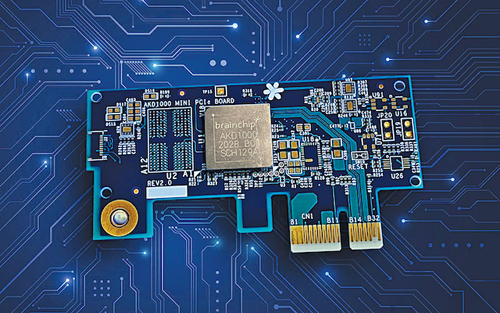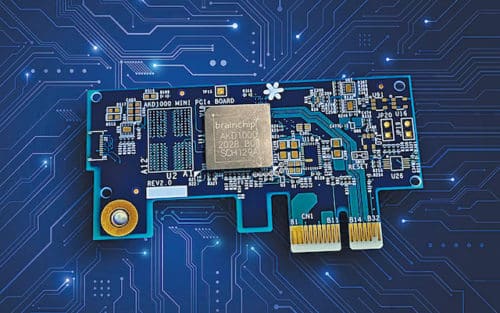The human brain is the most efficient and powerful computer that exists. Even after decades and decades of technological advancements, no computer has managed to beat the brain with respect to efficiency, power consumption, and many other factors.
Will neuromorphic computers be able to do it?
The exact sequence of events that take place when we do a particular activity on our computer, or on any other device, completely depends on its inherent architecture. It depends on how the various components of the computer like the processor and memory are structured in the solid state.
 Almost all modern computers we use today are based on the Von Neumann architecture, a design first introduced in the late 1940s. There, the processor is responsible for executing instructions and programs, while the memory stores those instructions and programs. When you think of your body as an embedded device, your brain is the processor as well as the memory. The architecture of our brain is such that there is no distinction between the two.
Almost all modern computers we use today are based on the Von Neumann architecture, a design first introduced in the late 1940s. There, the processor is responsible for executing instructions and programs, while the memory stores those instructions and programs. When you think of your body as an embedded device, your brain is the processor as well as the memory. The architecture of our brain is such that there is no distinction between the two.
 Since we know for a fact that the human brain is superior to every single computer that exists, doesn’t it make sense to modify computer architecture in a way that it functions more like our brain? This was what many scientists realised in the 1980s, starting with Carver Mead, an American scientist and engineer.
Since we know for a fact that the human brain is superior to every single computer that exists, doesn’t it make sense to modify computer architecture in a way that it functions more like our brain? This was what many scientists realised in the 1980s, starting with Carver Mead, an American scientist and engineer.
Fast forward to today
Nowadays, almost all companies have dedicated teams working on neuromorphic computing. Groundbreaking research is being done in multiple research organisations and universities. It is safe to say that neuromorphic computing is gaining momentum and will continue to do so as various advancements are being made.

What’s interesting to note is that although this is a specialized field with prerequisites from various topics, including solid-state physics, VLSI, neural networks, and computational neurobiology, undergraduate engineering students are extremely curious about this field.







